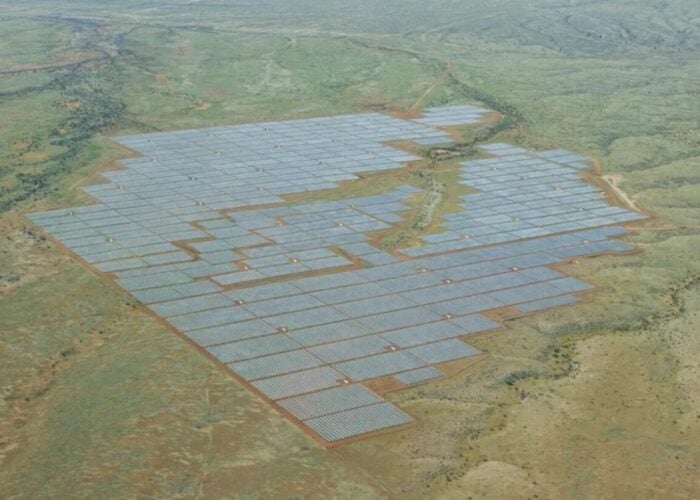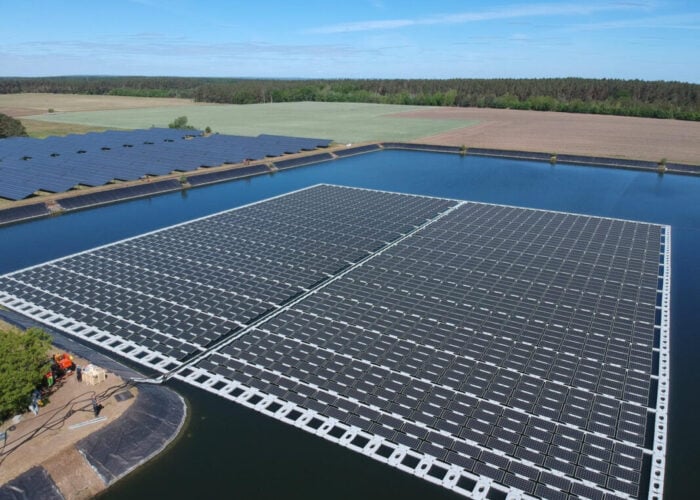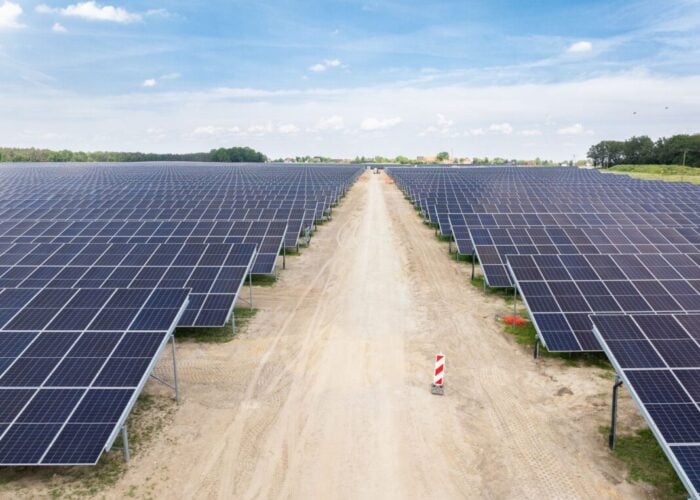In releasing its latest Polysilicon and Wafer Supply chain Quarterly Report for Q3 2012, NPD Solarbuzz is predicting that polysilicon capacity will grow 22% in 2012 and another 18% in 2013. According to the report, the industry’s polysilicon processes for PV applications are anticipated to drop 52% this year while plant utilization will decline from to 63%, from 77% in 2011. Total polysilicon capacity will be in excess of 385,000 tons this year, of which 70% will be held by a small group of tier 1 producers.
“The last thing the polysilicon industry needs right now is more capacity. But some of the new plants that were started two to three years ago are proving hard to abandon,” stated Charles Annis, VP at NPD Solarbuzz. “In addition, some producers are adding capacity in an attempt to lower their costs through economies of scale. Some are improving capacity productivity, while others are upgrading manufacturing technology, such as adopting hydrochlorination, to reduce power consumption and increase scale.”
Unlock unlimited access for 12 whole months of distinctive global analysis
Photovoltaics International is now included.
- Regular insight and analysis of the industry’s biggest developments
- In-depth interviews with the industry’s leading figures
- Unlimited digital access to the PV Tech Power journal catalogue
- Unlimited digital access to the Photovoltaics International journal catalogue
- Access to more than 1,000 technical papers
- Discounts on Solar Media’s portfolio of events, in-person and virtual
Solarbuzz noted that under its most-likely end-market scenario over the next few years, tier 1 providers are expected to satisfy all polysilicon demand. Further, unless end-market demand delivers an unexpected surprise to the expected polysilicon requirements, many of the 57 tier 2 and 3 producers will leave the industry within the next year and a half. Further, it’s predicted that even a few of the less-experienced tier 1 makers may not make it over the next two years.
The report speculates that average polysilicon prices will begin to stabilize in 2013 at around US$21/Kg. “If China’s Ministry of Commerce decides to impose anti-dumping and countervailing duties on polysilicon imports, prices are likely to increase,” added Annis. “However, this will only help a limited number of local Chinese polysilicon producers. It will hurt not only foreign producers but many Chinese wafer, cell, and module makers. Also, it will not help to resolve the polysilicon oversupply issue and could restrict end-market growth due to higher prices.”
Solarbuzz advised that in addition to any import duties, increases in polysilicon prices will more than likely be limited by tier 1 supply sufficiency and end-market demand over the next few years. However, it is noted that tier 1 polysilicon producers will continue to plan for longer term PV involvement, which includes low cost structures, economies of scale, and continuous improvement of productivity in order to produce benefits as shipment volumes increase.






